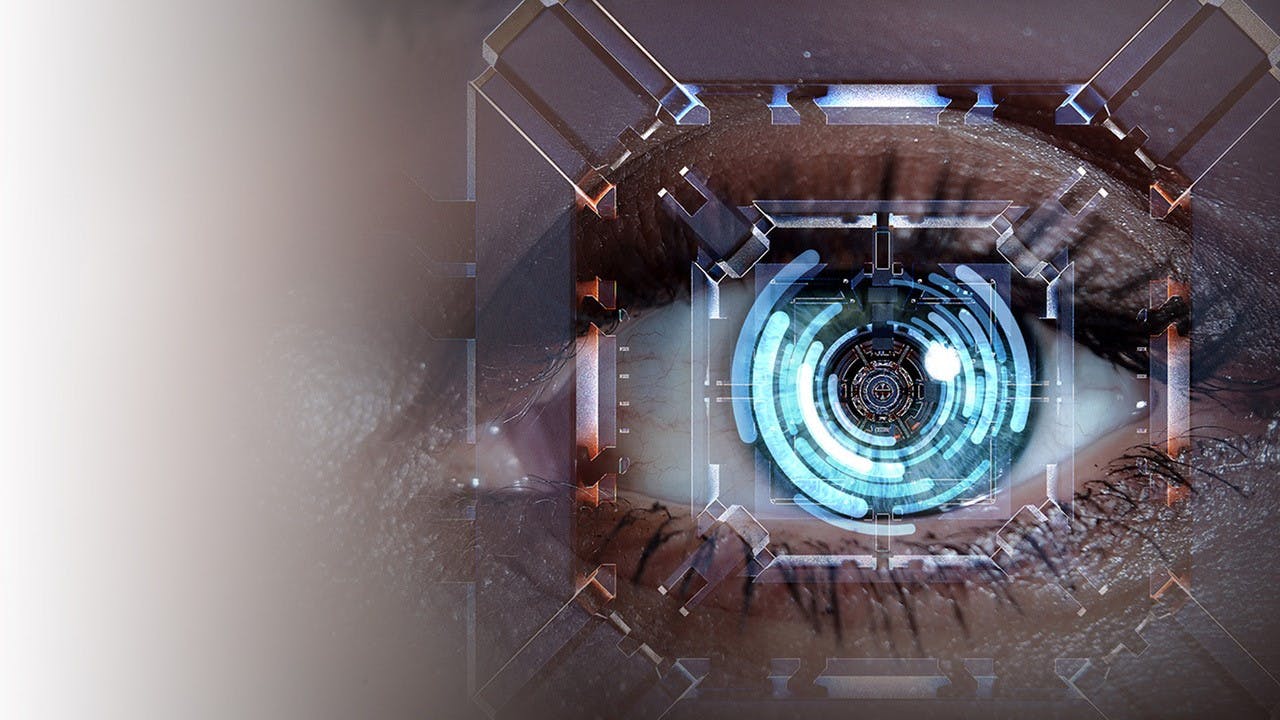AI can support mass manufacturing operations, but some application areas are more suitable than others. Through process analysis, companies can identify profitable use cases for themselves.

Smart Production AI in manufacturing: Which are the biggest potentials currently?
Identifying meaningful application areas for AI in an enterprise
We need AI now, too... To do what, actually? Answering this question is not that simple, especially for mass production. Many processes there are already automated and highly efficient. In which use cases do AI solutions already offer the potential for further, relevant improvements? And how do companies identify meaningful areas of application for themselves?
Companies are looking for practical applications
This year, artificial intelligence finally seems to be making a breakthrough into the mass market. That AI will profoundly change the economy has been evident for some time. According to a 2018 statistic, AI is expected to have a significant positive impact on the GDP.
In 2018, the estimated AI contribution to the US GDP was approximately $191 billion. This number is projected to steadily increase in the coming years. An estimated AI contribution of around $515 billion is expected for the year 2025, while a figure of approximately $1.2 trillion is forecasted for 2030.
But especially in manufacturing, AI applications have been slow to catch on. One of the reasons for this is that meaningful - i.e. profitable - areas of application are still rare. In a TÜV survey, 50% of companies said they were not aware of any meaningful use for AI at their company; 42% were unclear about what AI could do for them. That was 2020 - the numbers have likely improved since then. Nevertheless, in mass production, practical use cases are still not to be found on every corner.
Use cases for AI in production, offering high potential
Where in manufacturing can AI applications already be deployed to good effect with today's state of the art? In some areas, current AIs bring the potential for big productivity gains, as in the following four:
Robotics
Most industrial robots are currently pretty blind and dumb. They operate according to hard-coded rules. This works for large batch sizes in standardized mass production, such as welding robots in automotive manufacturing.
However, when the environment or the products vary more, robots have to become more intelligent. For example, in the production of individual goods and in the refurbishment or recycling of used products. AI-based robots can learn to treat parts differently, for example, depending on their design, condition or intended use. Another feasible use case for AI is picking and dropping parts. The robot can correctly grab chaotically stored parts in containers and put them down again without the need for manual preparatory work.
The so-called cobots also function partially with artificial intelligence. They share the workspace with humans; they move around in the aisles, for example. To do this, they must be able to understand and react to the situations at hand. They must be able to anticipate hazards and adapt to different ways of working by humans.
Quality Control
Quality control is one of the areas where AI solutions have been profitably deployed for some time. The task is predestined for the capabilities of AIs and especially for the popular subfield of machine learning. Instead of merely classifying components into good and bad according to hard rules, AIs can detect, classify and assess deviations - even those that fall in borderline areas. These capabilities can be used, among other things, to reduce pseudo-defect rates or prepare large amounts of data for evaluation by human inspectors.
Read also: Are self-optimizing welding lines possible with AI?
Production planning
Numerous factors must be taken into account in production planning and scheduling: Order situation, type, and quantity of ordered items, delivery dates, inventory, prices, and availability of raw materials and half-parts, availability of people and machines, and so on. This makes the task very complex.
AI-based software can evaluate the many data in real time and make planning recommendations. It can also incorporate additional data, such as current market data, industry indices, or historical data on customers' ordering behavior. Utilizing AI, planners can simulate different scenarios and create forecasts to make better decisions.
Parameterization of machines
For small batch sizes or customized products, the parameters of each production machine must be adjusted and coordinated. With dozens of parameters, this leads to long interruptions. In addition, for infrequently produced parts, experience is often lacking, and the ideal setting must first be found.
AI can simplify this part. For example, it recognizes similarities between products and suggests suitable settings. Or it calculates the ideal overall configuration based on a few predefined parameters.
Identifying profitable AI application areas
What is the best way for companies to identify profitable areas of application for AI? The impetus should ideally come from the business department, which knows the processes and problems. Purely technology-driven projects - "We have to make something with AI" - are usually doomed to failure.
Those responsible should analyze their own processes: Which tasks are repetitive? Which tasks are relatively monotonous and thus challenging for humans over time? In principle, such processes are predestined for the use of AI. But digital knowledge work can also be increasingly automated or at least supported by AI.
However, other factors must also be right: The more interfaces a system has, the more complicated it becomes. Isolated systems, on the other hand, are ideal, such as the areas of quality control or robotics described above. Then companies must have the necessary training data for an AI; the success of a machine learning solution depends predominantly on this.
Finally, companies need the necessary know-how and skilled workers for implementation. In the aforementioned TÜV survey, 40% cited these two aspects as the biggest obstacles to greater use of AI. If companies have identified meaningful areas of application for themselves, this at least should not fail: Research institutes and numerous service providers offer generic and partly pre-trained AI models and provide support during implementation.
We appreciate the friendly support in the preparation of this article:
Fraunhofer Institute for Manufacturing Engineering and Automation IPA
Mr. Prof. Dr. Marco Huber, Head of Department Cyber Cognitive Intelligence
Mr. M. Sc. Tobias Stahl, Project Manager/Doctoral Student Department Corporate Strategy and Development
CONCLUSION
IN SHORT:
- Many companies have not yet found profitable use cases for AI in manufacturing.
- In some areas, AI solutions have been in productive use for some time, such as in quality control or robotics.
- Processes with a high degree of repetition currently offer the greatest potential for the use of AI.


